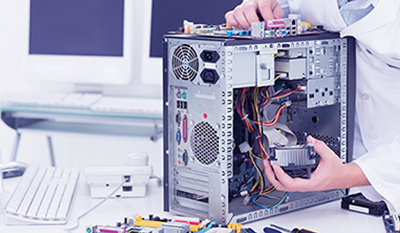Network Administrator Training
Network Administrator training
IICT, Chennai provides real-time and placement focused computer Network Administrator training . Our Network Administrator Job course includes basic to advanced level and our computer Network Administrator course is designed to get the placement in good MNC companies as quickly as once you complete the networking LAN, WAN training course. Our computer Network Administrator trainer is Comptia A+, N+, CCNA, CCNP, MCITP certified expert and experienced working professionals with hands on real time multiple Network Administrator projects knowledge. We have designed our Computer Network Administrator course content and syllabus based on students requirement to achieve everyone's career goal. In our computer Network Administrator training program, you will learn Network Administrator Basics, Harware comcepts, Computer Assembling, OS Installtion, BIOS, CMOS, Networking concepts, Local Area Network, WAN, Wireless Networking, Network Security, networking access control, troubleshooting, computer networking real time project and Network Administrator Job placement training.
Our Network Administrator Job training centers is equipped with lab facilities and excellent infrastructure. We also provide Network Administrator Job certification training path for our students. We have trained more than 5000+ computer networking students and provided placement. Our Network Administrator Job course fee is value for money and tailor-made course fee based on the each student's training requirements. computer networking training conducted on day time classes, weekend training classes, evening batch classes and fast track training classes.








